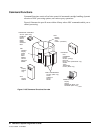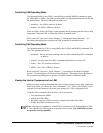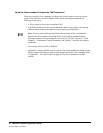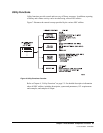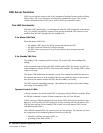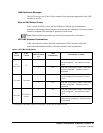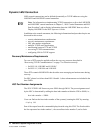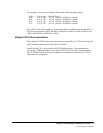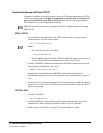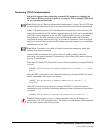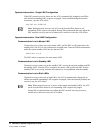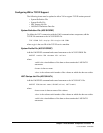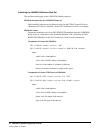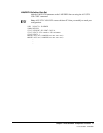
70 VM/HSC 6.0 System Programmer’s Guide
1st ed., 6/30/04 - 312579601
Dynamic LMU Connection
LMU network connections can be defined dynamically to TCP/IP addresses using the
LMUPATH and LMUPDEF control statements.
Note: For information on implementing TCP/IP connections, refer to the LMUPATH
and LMUPDEF control statements in Chapter 3, “HSC Control Statements and HSC
Start Procedure” and to display information about the LMUPDEF data set, refer to
Display LMUPDEF in the HSC Operator’s Guide.
In addition to the control statements, the following informational and procedural topics are
discussed in this section:
• security administration considerations
• recovery maintenance requirements
• HSC port number assignments
• multiple TCP/IP stack implications
• transitioning between 3270 and TCP/IP
• recovering TCP/IP communications
• configuring VM for TCP/IP support.
Recovery Maintenance Requirements
Two sets of PTFs must be applied to allow the recovery processes described in
“Recovering TCP/IP Communications” on page 73 to function correctly:
• for HSC 4.0, L1H10KE and L1H10LC
• for HSC 4.1, L1H10L4 and L1H10LE.
These PTFs contain HOLDDATA that describes new messaging and station status during
recovery.
For HSC release levels later than HSC 4.0 and 4.1, these enhancements are included in the
base FMID.
HSC Port Number Assignments
The 9330 TCP/IP LMU listens on ports 50001 through 50016. The port assignment used
by the HSC is determined by adding the host index number within the CDS to 50000, i.e.,
host index number + 50000
Users can find out the host index number of the system(s) running the HSC by entering:
Display CDS
Part of the output from this command displays hostids using this CDS. The first hostid in
the list represents host index number 1, the second host index number 2, and so forth.



